Publications & Data Briefs
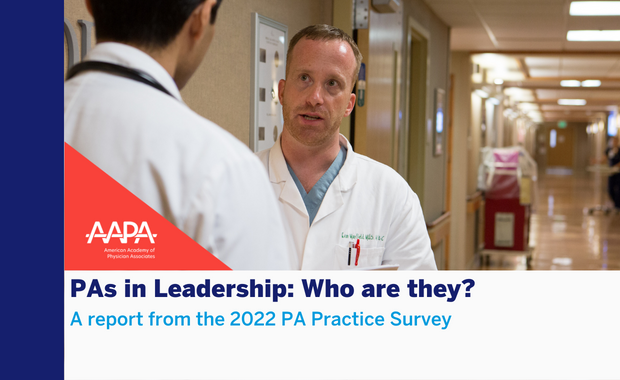
PAs in Leadership: Who are they?
PA leaders are an important part of healthcare systems across the country. However, little is known about the demographic characteristics of PAs in leadership roles or how they compare to the rest of the workforce. In this first brief in a three-part series on PAs in leadership, we examine these differences and explore the prevalence of perceived barriers, and support, to entering leadership.
November 27, 2023
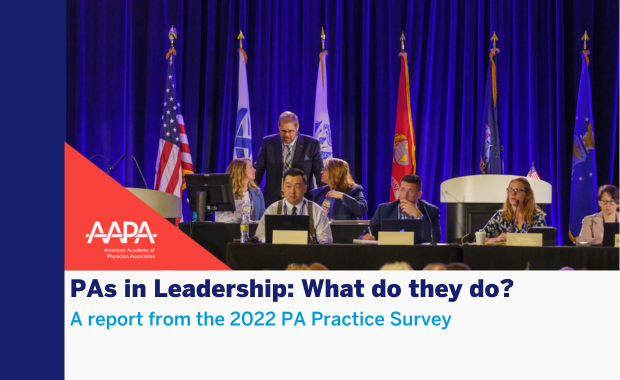
PAs in Leadership: What do they do?
PA leaders are an important part of healthcare systems across the country. However, little is known about the leadership roles PA are performing within their organizations. In this second brief in a three-part series on PAs in leadership, we examine these leadership tasks.
November 26, 2023
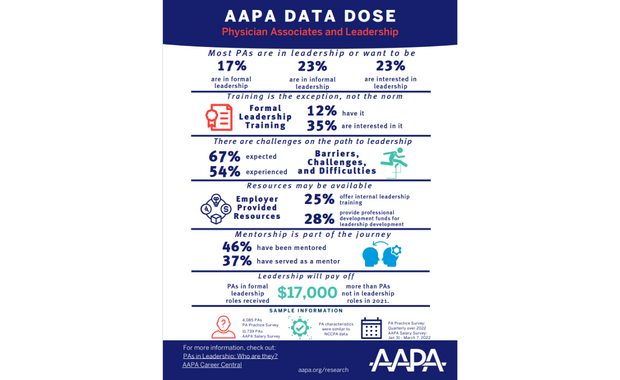
PAs and Leadership: Pathways and Compensation
Most PAs are either in leadership or interested in taking on a leadership role. This short infographic illustrates the training, challenges, available resources, and compensation benefits related to following the path towards leadership opportunities.
March 23, 2023
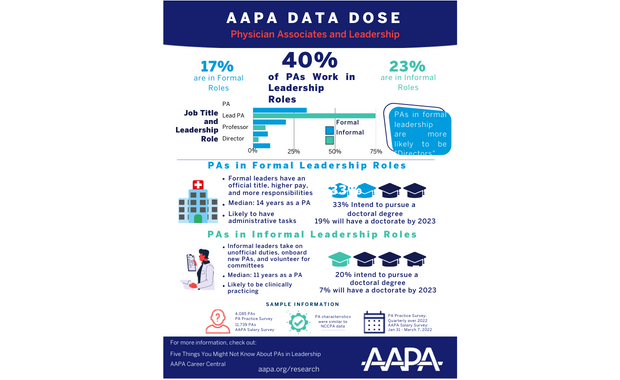
PAs and Leadership: Leadership Roles
40% of PAs work in leadership, but what they do day-to-day varies based on their role. For more information on the demographics of formal and informal PA leaders, check out this brief infographic.
March 23, 2023
Acknowledging the risk of suicidal ideation, depression, and anxiety in PAs
This study sought to establish a baseline understanding of depression, anxiety, and suicidal ideation in PAs and PA students to guide intervention and preventive research. This study suggests that one in eight PAs and one in four PA students were at risk for moderate to severe depression and more than one in 10 PAs and one in five PA students were at risk for moderate to severe anxiety.
March 13, 2023
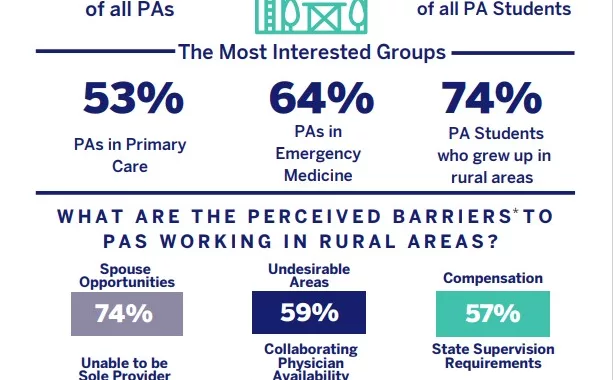
Physician Associates’ Interest in Rural Settings
Did you know that 45% of PAs and 54% of all PA students in 2022 were interested in working in rural settings? Learn more about PAs and PA students interest in this short infographic.
March 2, 2023
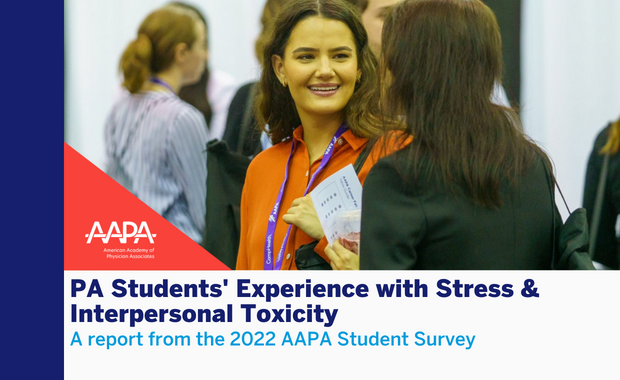
PA Students’ Experience with Stress & Interpersonal Toxicity
In 2020, prior to the pandemic, 60% agreed that they were emotionally exhausted, this rose to 75% in 2022. Completing the education required to be a PA can be a demanding process, and there are many factors influencing the amount of stress an aspiring student encounters during their training. While some of these factors are fixed (i.e., COVID-19), others can be addressed by PA programs.
February 22, 2023

PA Students Career Interests in 2022
Seven out of 10 PA students were interested in working in education at some point during their career and 49.5% were interested in leadership opportunities.With the continued growth of PA programs, there be an ever-increasing need for PAs to serve as faculty whether on staff or as adjunct.[1] There is an opportunity to get PA students interested in PA education during their education and to continue to keep them engaged after they graduate and become PAs.
January 30, 2023